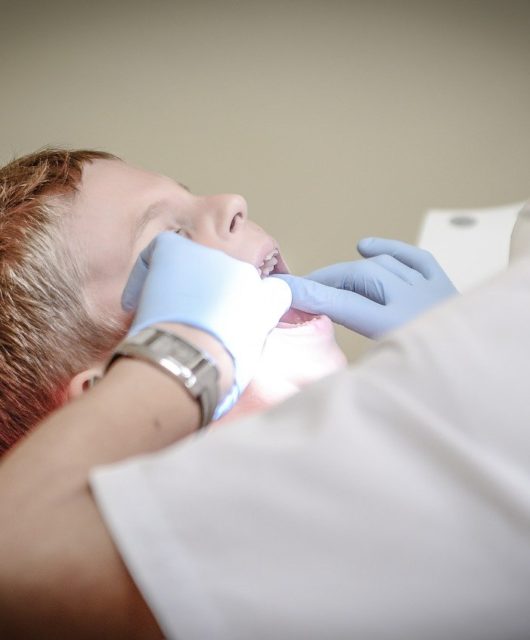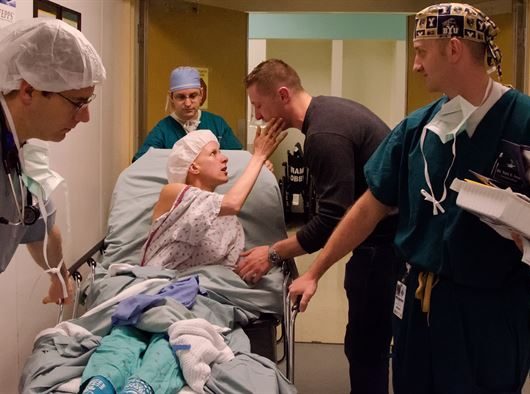3 Ways To Enhance Clinical Trial Recruitment And Diversity
When patients require innovative treatment for a serious illness, the first thing they do is seek out the doctors and hospitals best known for their clinical trials. That means those hospitals that want to be seen as leaders in the field need to be aggressive in researching trials and recruiting patients.

While doctors may do the initial research, hospital marketers and PR professionals are responsible for much of the work involved in connecting patients with best-fit practices. The question is, how?
Foundation Support
One of the most common ways that patients locate appropriate clinical trials is through foundations associated with their condition – and every disease, no matter how rare, has an affiliated non-profit.
The Crohn’s & Colitis Foundation, for example, coordinates clinical trial information for patients, their families, and researchers, so that no one misses out on innovative treatments for lack of knowledge. The challenge? They cull all of their information from clinicaltrials.gov, which means if your trial hasn’t been added to the government database, patients will be left out of the loop. Marketing and PR teams, however, can help close this gap by directly transmitting trial information.
Most sites gather their trial database information in this way precisely because, when done right, identifying all appropriate trials is a labor-intensive process. As a researcher and colon cancer patient, Tom Marsilje knows this first-hand.
Based on his experience searching the federal clinical trials database and notifying patients of additional trials, Marsilje partnered with a healthcare startup as well as Fight Colorectal Cancer to build a microsatellite stable colon cancer-specific database. This database largely automates information entry, but help from the individual medical center can help improve the clinical trial information available.
Patients rely on this kind of convenience when searching for health care, since the process can be overwhelming. Ensuring clinical trial information is easily accessible, can be filtered based on patient needs, and is repeated across multiple sources can strongly influence the likelihood of trial enrollment.
Know The Networks
Patient networks are extensive and they include not only doctors and foundations but also community support groups, churches, and online social hubs such as illness-specific Facebook groups. Marketing and PR teams should find ways to access these communities, in order to highlight groundbreaking research opportunities and recruit patients.
One unexpected place often connected to patient communities is the law firm, particularly when talking about toxicity or injury related conditions. Patients with mesothelioma, for example, often look for legal representation so they can collect damages for asbestos exposure. Those lawyers may also compile clinical trial information, as part of helping patients assess their long-term options when affected by this rare cancer, but they need all the help they can get since they’re separated from the medical world by several degrees.
Consider Diversity
While too few cancer patients participate in clinical trials to begin with, minority patients are the least likely to enroll. In fact, African Americans make up just 5% of clinical trial enrollees among all diseases, despite making up more than 13% of the U.S. population. Marketing and PR teams have an obligation to seek out minorities when developing clinical trial recruitment campaigns, as healthcare equality is a universal good.
The best way to reach minority patients is to go directly to the community and establish trust. Because many of these populations have been mistreated by the medical establishment for generations, building bridges with churches, community providers, and other local supports can help transform how hospitals recruit patients – and who those patients are.
Today, many trials focus on specific genetic or biomarkers, making patient recruitment more precise than ever before, but in order to take advantage of this improved criteria, hospitals need to improve outreach and recruit more patients.
Right now, only 1 in 30 patients with cancer enroll in clinical trials, despite the fact that they present new and exciting opportunities in otherwise tenuous cases. It’s only through a partnership between doctors and the broader hospital infrastructure, though, that clinical trials will reach the patients who need them most.









